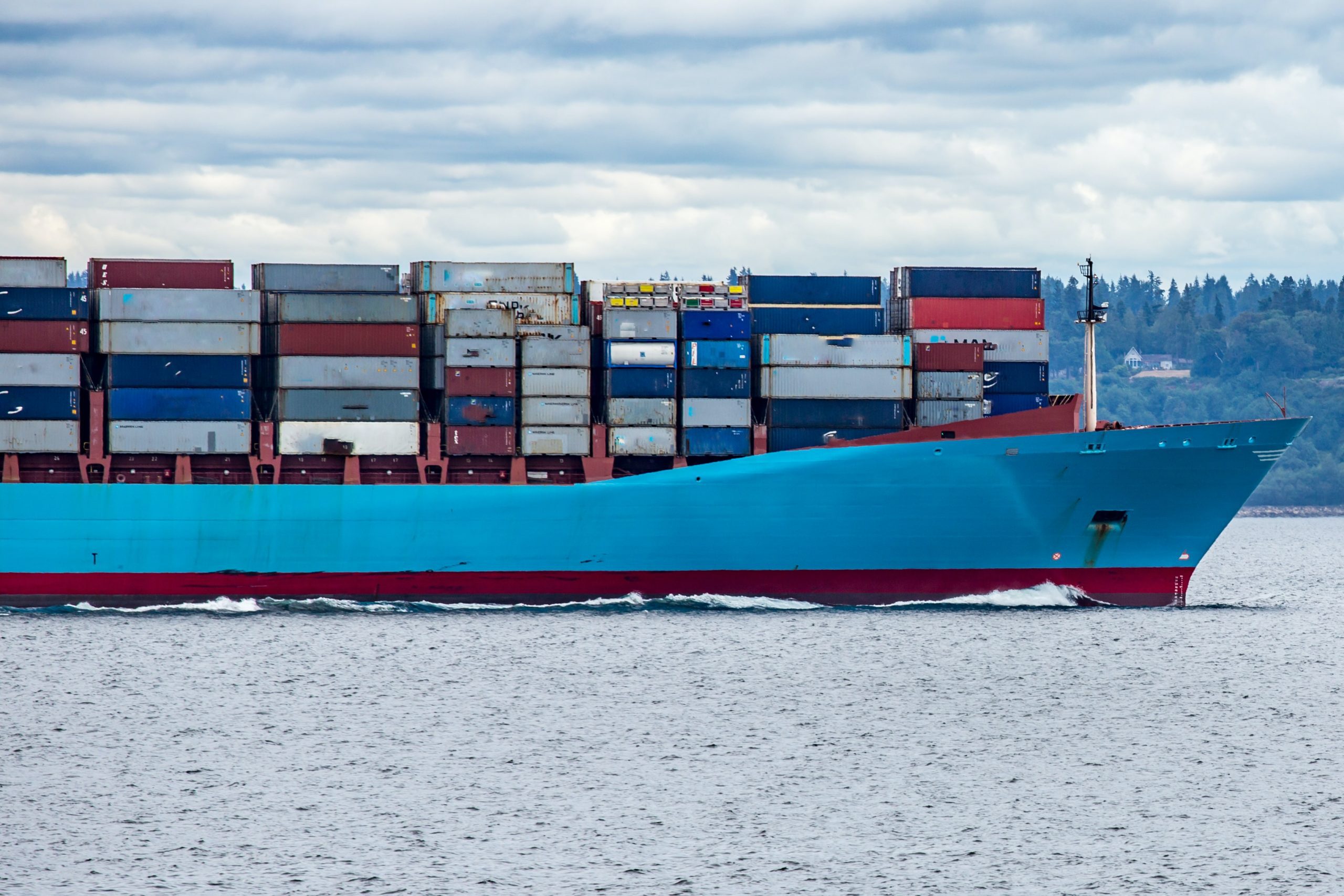07 Dec 10-year high for global food prices
Earlier this year, the FAO reported the highest global food prices in a decade, driven by a collection of factors. The economics of the food system play an important role in sustainable nutrition, but can be challenging to understand or influence given the complex system that they operate in.
The FAO Food Price Index measures monthly changes in the international prices of a selection of food commodities. The index combines global price data for 23 widely traded food commodities, including cereals, dairy products, meat products, sugar, and a number of vegetable oils, weighted by the average export share of each commodity group. The resulting index score gives an indication of global trends in food prices.
The Food Price Index in October 2021 was up nearly a third on the previous year. This has been largely driven by cereals (22% year-on-year increase) and vegetable oils (reaching an all-time high). Dairy, meat, and sugar were also up 15-40% on 2020 index values.
Cereal use is forecast to slightly exceed production over the coming year, leading to a slight decrease in global cereal stocks and the resulting change in supply/demand ratio that influences price. The forecast also predicts record high levels of international cereal trade, at 478 million tonnes annually, out of a total 2.8 billion tonnes produced.
Changes in international food prices are driven by a variety of inter-related factors. Some recent factors include reduced harvests in major cereal and sugar producing regions, migrant labour shortages in vegetable oil producing countries, and increasing fuel prices.
The complex economics of the food system are challenging to unpick, but play a central role in the delivery of food and nutrition to the global population. It is important to consider the balance of input costs, output value and demand when thinking about the future global food system. Increased trade demand, reduced harvests and external costs all have an impact on retail food prices and availability, with implications for consumers. A sustainable food system must be holistically sustainable, and economic sustainability is a key part of this.
Photo by Ian Taylor on Unsplash






